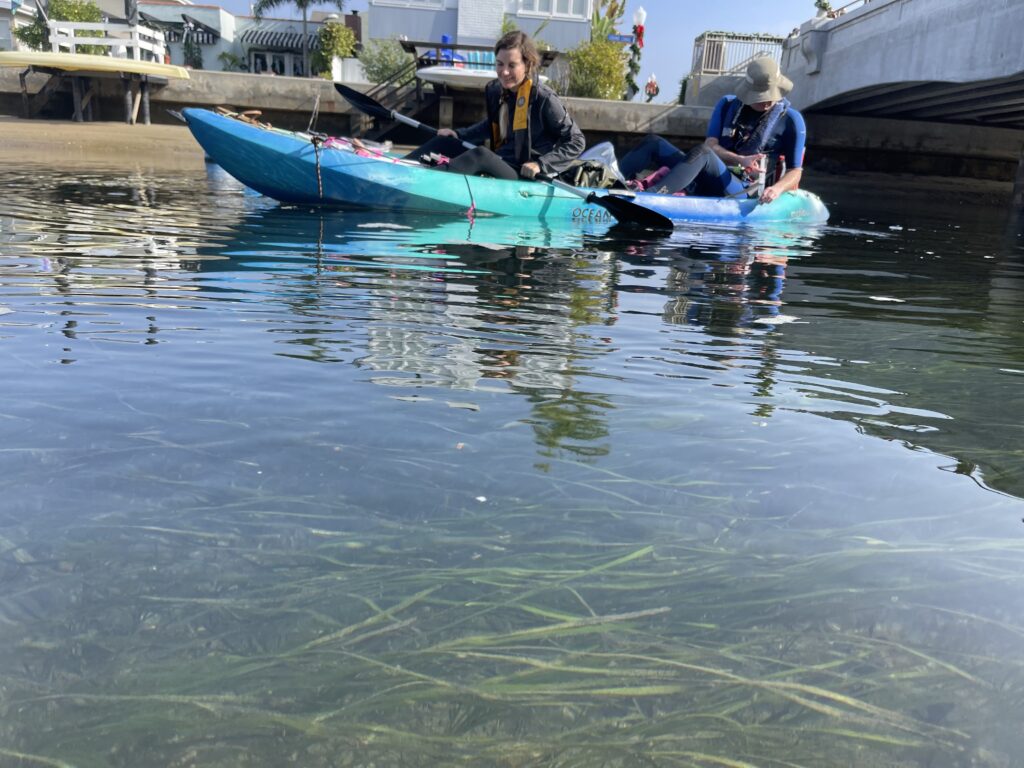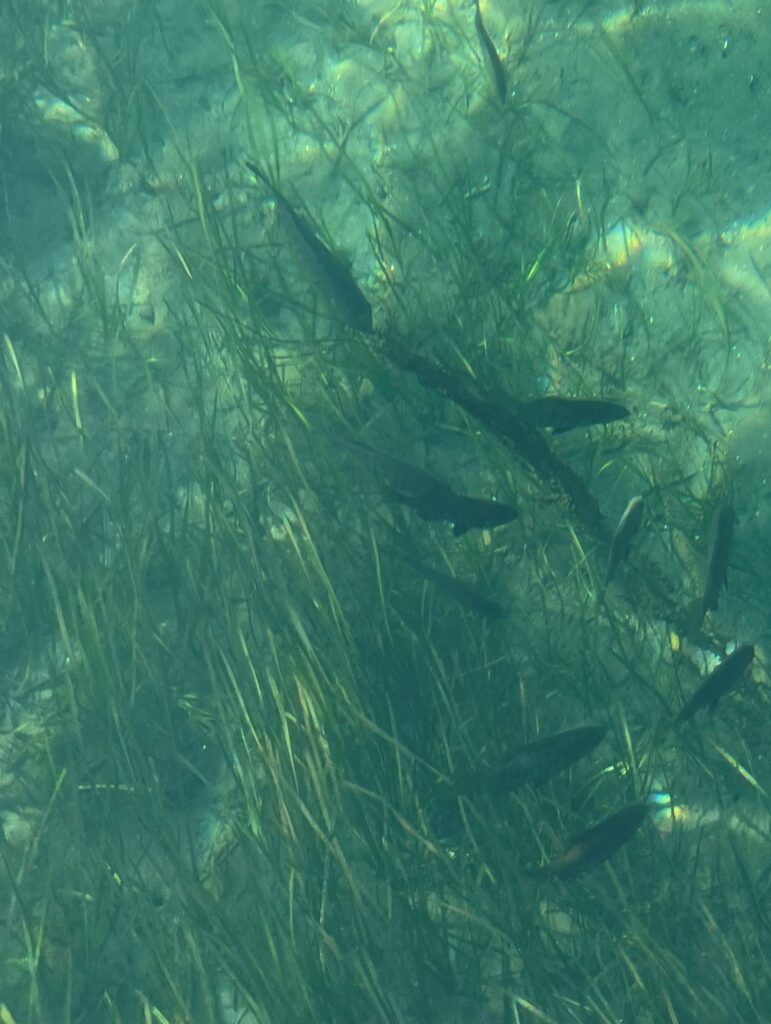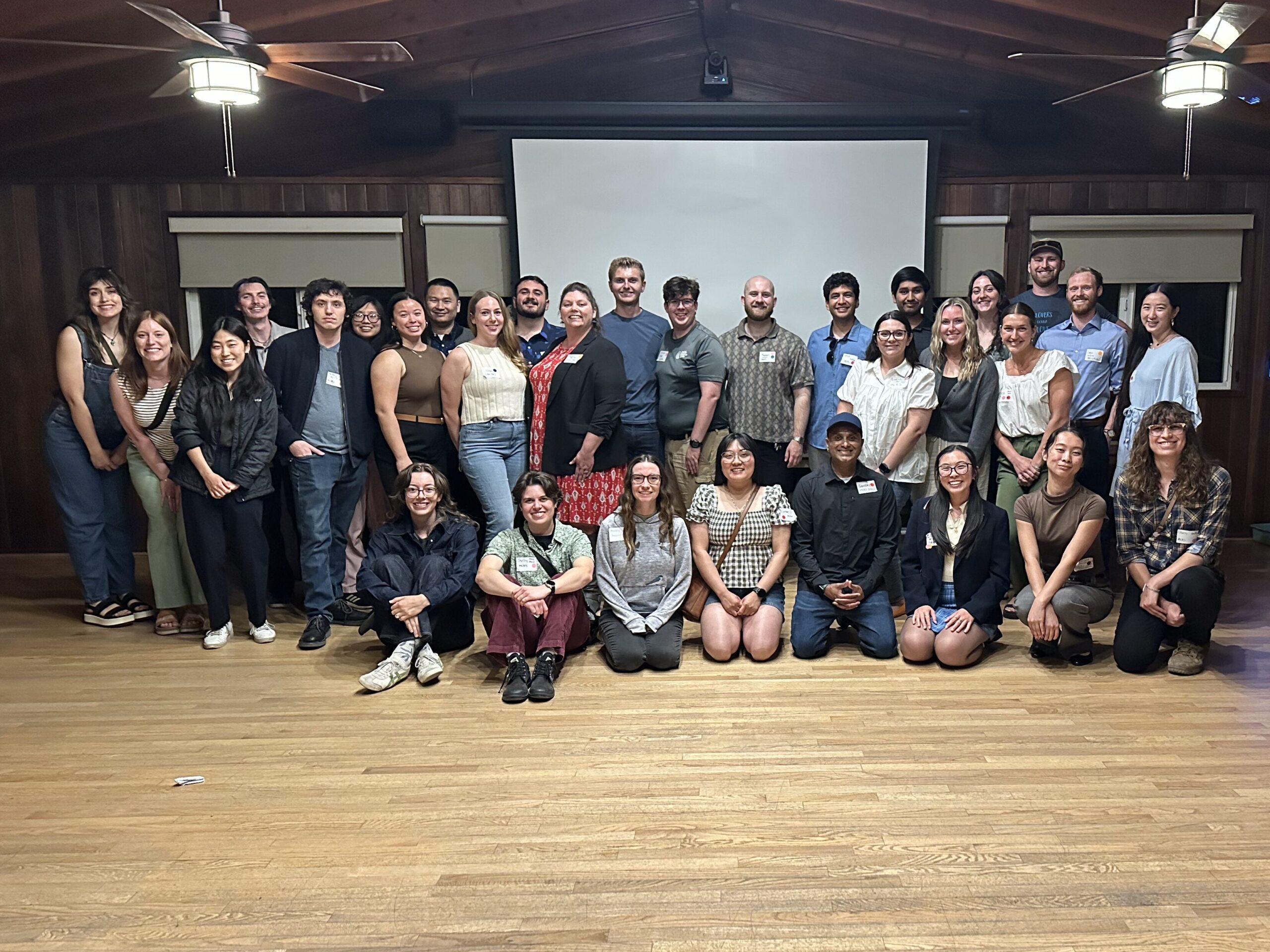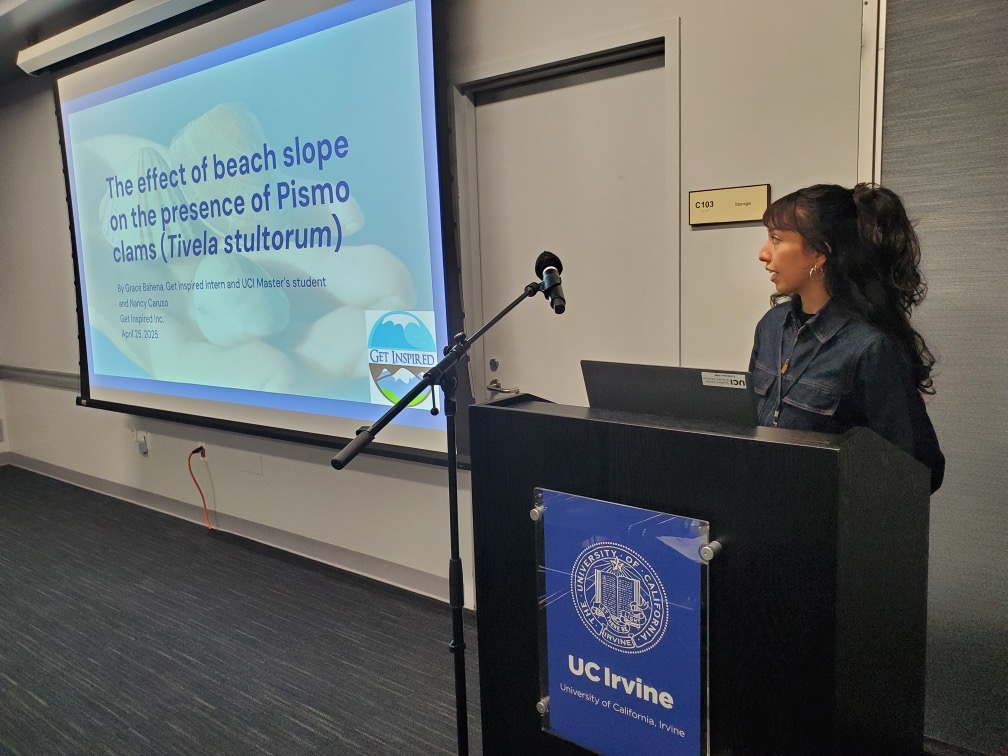Student Blog: Matthew Walsh
Feedback loops in seagrass ecosystems

Seagrasses form the base of an extremely useful habitat that has nevertheless begun to decline. Unstable conditions brought about by climate change and human intervention has led to the receding or disappearance of seagrass beds worldwide. To better describe the impacts of this loss, I will describe the various mechanisms by which seagrasses improve water quality in ways beneficial to human use and how changing conditions are eliminating all but the fastest growing seagrass species.
Seagrasses are key players in numerous feedback loops that maintain coastal wetlands. A feedback loop is a set of interactions between living things that control both their environment and the number of individuals of a given species in an area. These interactions can include things such as a predator controlling the population levels of some prey species which in turn controls the abundance of predators when they are scarce. The study of how these switches occur is essential as seagrass beds are normally very self-sustaining through the feedback loops they create.
These feedbacks are key to controlling very specific water parameters that serve to benefit both seagrasses and any animal life in the vicinity including humans. Starting at the sediment itself, the seagrasses are unique in their capacity to form roots as this group of species are in fact flowering plants with structures like their relatives on land. One of these structures, known as the rhizome, or more commonly creeping rootstalks, is a series of laterally branching root growths that create a branching chain of plant shoots. Also seen in plants such as ginger and asparagus, this structure causes seagrasses to both trap sediments due to the connected nature of these plants and allows growth in dense controlled formations like military parades that shields sediments from water currents. (Maxwell et al. 2017) By preventing these sediments from resuspension by these currents, seagrasses can compete with the plankton responsible for red tides by keeping nutrients trapped in the sediments where only they can access it (Duarte, 1995). They also naturally benefit from the increased availability of light without the shading provided by these suspended particles (Torn and Martin 2012)

Moving upwards to the leaves, seagrasses demonstrate an ability to detoxify its environment by absorbing pollutants during growth. Able to uptake and process ammonium from the surrounding water as usable nutrients, certain species have even been shown to recover rapidly from long term exposure to universally harmful herbicides and heavy metals once these toxins are removed from the water (Larkam et al., pg. 146, 579, and 582). Finally, their uptake of carbon during growth not only reduces greenhouse gas concentrations, but has also been observed to reduce ocean acidification in its surroundings which explains why coral is known to grow near, and sometimes on, seagrasses (Unsworth and Unsworth 2013)
These detoxifying and nutrient removing abilities also extend to other members of the ecosystem that rely on seagrass habitats. The surface of the seagrass blades often play host to numerous stationary organisms such as algae, anemones, barnacles, sponges, and anything else that wants access to the middle of the water column without growing up to it themselves (Larkam et al. 69 and 443). The animal epiphyte species typically earn their keep by filter feeding on the previously mentioned plankton and defecating nutrients onto the roots of their hosts (Larkam et al., pg. 136 and 398). The free-loading algae epiphytes serve a purpose as well as the basis of the habitat’s food-chain when they are consumed by tiny grazing organisms such as snails and crustaceans that in turn feed fishery stocks and the local fishing industry (Unsworth and Unsworth 2013). Clams of the family Lucanidae enjoy the shelter and oxygen provided by seagrass beds and in return remove toxic sulfate from the sediments through their own partnership with sulfur eating bacteria within their gills (Maxwell et al. 2017). Above ground larger herbivores can rapidly reduce nutrient buildup when consuming the leaves of faster growing seagrass species which in moderation can increase the uptake of ammonium by these seagrass beds by stimulating their regrowth (Maxwell et al. 2017).

However, this detoxifying ability is not unlimited, and this is where the primary threats to seagrasses come from. If the feedback loops regulating naturally occurring nutrient buildup and toxic decomposition byproducts is overloaded, the seagrasses will begin to die off and expose the now completely unanchored sediments to currents. Due to their tendency to trap fine grained sediment and create a muddy substrate, their sudden absence will allow more particles to be kicked up than from other areas of the estuary bed. This can occur through any number of disruptions, including heavy nutrient and sediment loads from runoff and human modification of watersheds, the loss of grazing species from overfishing, and increasingly frequent marine heatwaves (Maxwell et al. 2017). Due to the fast growth of their major competitors, the previously mentioned red tide forming plankton, seagrass growth will occur much more slowly than that of said competitors once nutrient conditions return to normal (Duarte, 1995). In this new ecosystem there will be other similar species ,such as seaweed, that serve similar functions, however higher nutrient levels will favor annual species that do little in the way of stabilizing bed sediments in the fashion seagrasses do (Torn and Martin 2012). To understand what will be impacting seagrass ecosystems in different regions and make plans to resolve them, a large body of data must be collected.
Currently, most seagrass observation programs are isolated with little standardizing between countries for metrics and data curation. This presents a key issue as the use of nation specific measurements as indicators for the health of seagrass habitats makes coordinating across boundaries difficult (Duffy et al. 2019). There is also a severe gap in data on the ability of seagrasses to sequester carbon, making it difficult to account for them in global carbon budgets (Unsworth and Unsworth 2013). The Global Ocean Observing System is currently in the process of creating a more standardized format for data however the process is lagging behind the other species groups that are part of this project (Duffy et al. 2019). Combined with the largely euro-centric nature of their efforts it is clear that greater attention must be given to other regions of the world that may depend on seagrass habitat not just for their economy but their primary food source as well.
Citations
Duarte, C. M. (1995). Submerged aquatic vegetation in relation to different nutrient regimes. Ophelia, 41(1), 87-112. DOI https://doi.org/10.1080/00785236.1995.10422039
Duffy, J. E., Benedetti-Cecchi, L., Trinanes, J., Muller-Karger, F. E., Ambo-Rappe, R., Boström, C., Buschmann, A. H., Byrnes, J., Coles, R. G., Creed, J., Cullen_Unsworth, L. C., Diaz-Pulido, G., Duarte, C. M., Edgar, G. J., Fortes, M., Goni, G., Hu, C., Huang, X., Hurd, C. L., Johnson, C., Konar, B., Krause-Jensen, D., Krumhansl, K., Macreadie, P., Marsh, H., McKenzie, L. J., Mieszkowska, N., Miloslavich, P., Montes, E., Nakaoka, M., Norderhaug, K. M., Norlund, L. M., Orth, R. J., Prathep, A., Putman, N. F., Samper-Villarreal, J., Serrao, E. A., Short, F., Pinto, I. S., Steinberg, P., Stuart-Smith, R., Unsworth, R. K. F., van Keulen, M., van Tussenbroek, B. I., Wang, M., Waycott, M., Weatherdon, L. V., Wernberg, T., & Yaakub, S. M. (2019). Toward a coordinated global observing system for seagrasses and marine macroalgae. Frontiers in Marine Science, 317. DOI https://doi.org/10.3389/fmars.2019.00317
Larkum, A. W., Orth, R. J., & Duarte, C. M. (2006). Seagrasses: biology, ecologyand conservation. Phycologia, 45(5), 5. DOI https://doi.org/10.1007/978-1-4020-2983-7
Maxwell, P.S., Eklöf, J.S., van Katwijk, M.M., O’Brien, K.R., de la Torre-Castro, M., Boström, C., Bouma, T.J., Krause-Jensen, D., Unsworth, R.K.F., van Tussenbroek, B.I. and van der Heide, T. (2017), The fundamental role of ecological feedback mechanisms for the adaptive management of seagrass ecosystems – a review. Biol Rev, 92: 1521-1538. https://doi.org/10.1111/brv.12294
Torn, K., & Martin, G. (2012). Response of submerged aquatic vegetation to eutrophication-related environment descriptors in coastal waters of the NE Baltic Sea. Estonian Journal of Ecology, 61(2), 106–118. DOI https://doi.org/10.3176/eco.2012.2.03
Unsworth, C. L., & Unsworth, R. (2013). Seagrass meadows, ecosystem services, and sustainability. Environment: Science and policy for sustainable development, Environment: Science and Policy for Sustainable Development. 55(3), 14-28. DOI https://doi.org/10.1080/00139157.2013.785864




